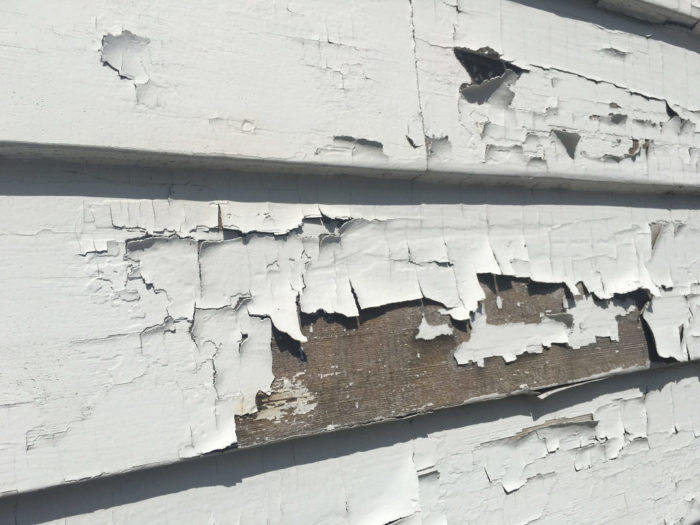
Image Credit: Mike Mozart via Flickr
A federal appeals court has ordered the Environmental Protection Agency to speed up the development of new rules on lead found in paint and dust in light of an “obvious need” to protect the health of children.
The decision by the Ninth District Court of Appeals in San Francisco instructs the EPA to develop a new rule on lead within 90 days and put it into effect within one year. The Trump Administration had wanted six years to revise a lead standard that is now 17 years old and now widely seen as inadequate, The New York Times reported.
The EPA published its hazard standards for lead in 2001, but by 2009 health advocacy groups had petitioned the government to rewrite the rules so children were better protected. In 2011, the EPA, then under the Obama administration, admitted the rules weren’t stringent enough, but the agency never got around to revising them.
Scott Pruitt, the current EPA administrator, has made it a priority to revoke a number of environmental rules he believes are burdensome to business. But the court has now decided that governmental foot-dragging on lead has gone on long enough, particularly in light of numerous warnings that current exposure limits are not doing enough to protect the health of children.
“Since January of 2001, scientific research has further advanced our understanding of the dangerousness of lead,” the court wrote in its 2-1 decision, “yet the EPA’s standards have not changed.”
Eight health and environmental organizations had collectively asked the court to compel the EPA to publish a new final rule within six months. “EPA does not provide an alternative timeline, other than its vague intention to issue a proposed rule in four years, and a final rule in six, a timeline we hold to be unreasonable,” the court wrote.
A persistent health issue
One of the advocacy groups pressing the EPA is United Parents Against Lead, which called the court’s December 27 ruling a “win for children.” The founder of the group, Zakia Rafiqa Shabazz, said that her son, now 23 years old, is still suffering from the effects of lead found in his blood when he was 2. Government inaction spanning two presidential administrations means that many more children are now “suffering the pains of lead poisoning,” she said.
The Journal of Pediatrics published an article last year summing up the results of a six-year study of blood levels in millions of children under the age of 6. Overall, efforts to lower lead exposure have been working, the report said, but this study still found that 3% of tested children had elevated lead levels in their blood.
Lead causes a variety of health problems in children, including intellectual deficits, poor academic achievement, and attention deficit behavior, the article notes. The effects appear to be irreversible. Government-sponsored efforts to lower exposure to lead — the removal of lead from gasoline and certain consumer products, for example — have helped reduce the blood lead concentrations in children, but lead poisoning remains a serious health concern.
“Progress in reducing the burden of lead toxicity is a public health success story that is incomplete,” the Journal article concluded.
The next steps are uncertain
A spokesman for the EPA said that no decision has been reached on whether to appeal the December 27 ruling to the U.S. Supreme Court.
The Times suggests that a similar case in 2015 involving the pesticide chlorpyrifos points to another possible agency response. In that case, the appeals court ordered the EPA to take action one way or another on a request from environmental groups to ban the chemical.
Pruitt denied the request, an action that apparently brought the agency into compliance with the court order. Advocates for tougher rules on lead said something similar could happen with the court’s order on lead.
Weekly Newsletter
Get building science and energy efficiency advice, plus special offers, in your inbox.














0 Comments
Log in or create an account to post a comment.
Sign up Log in